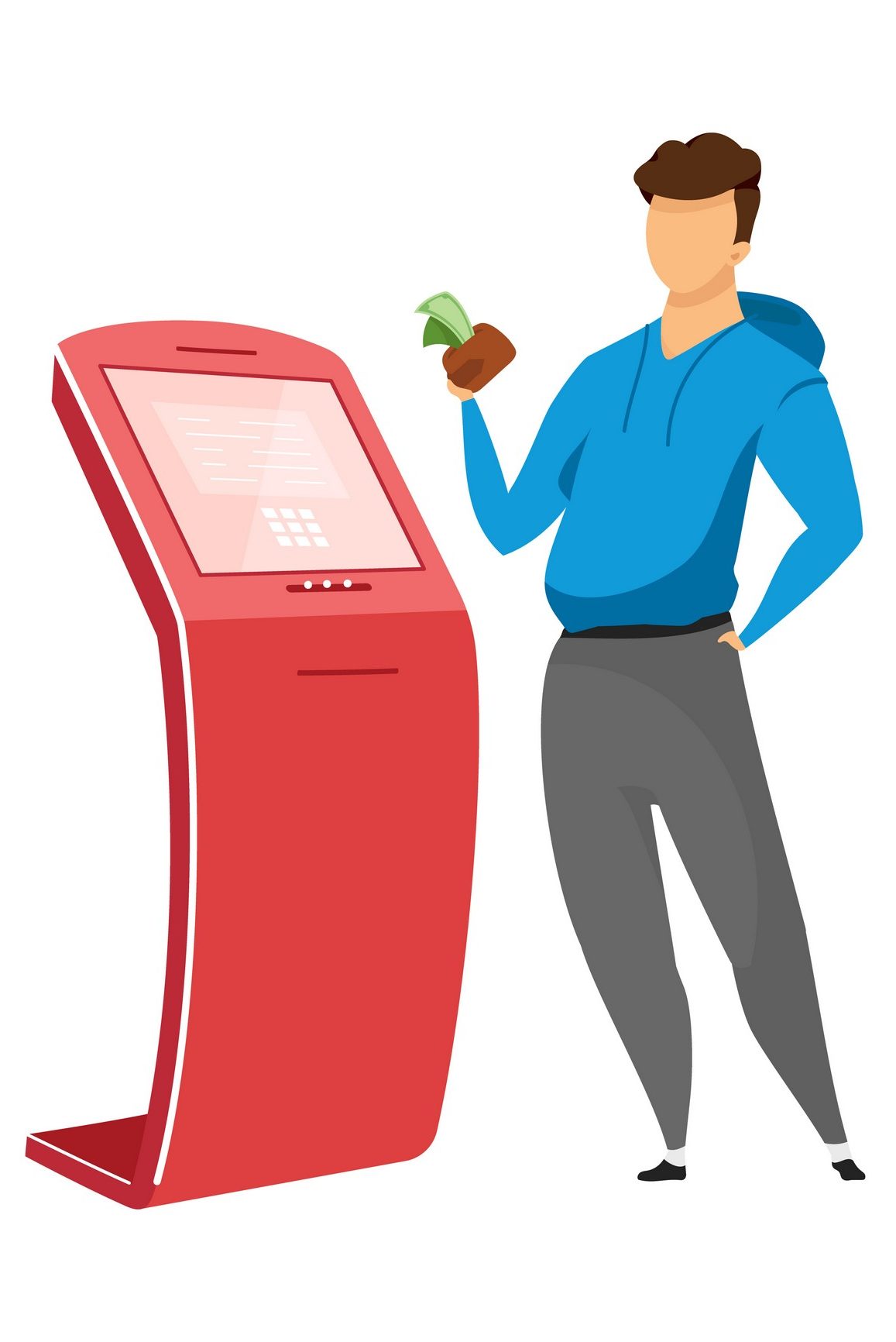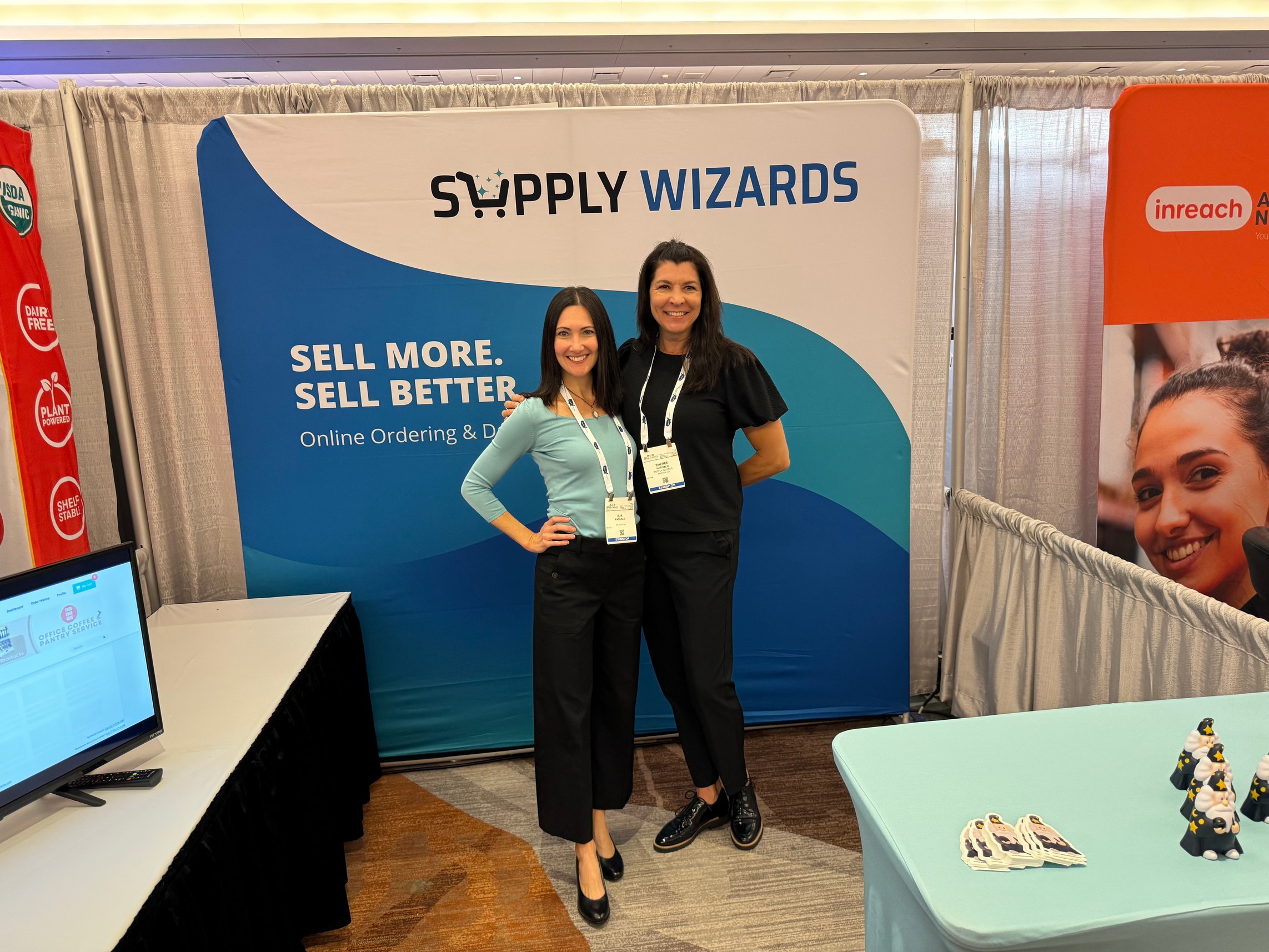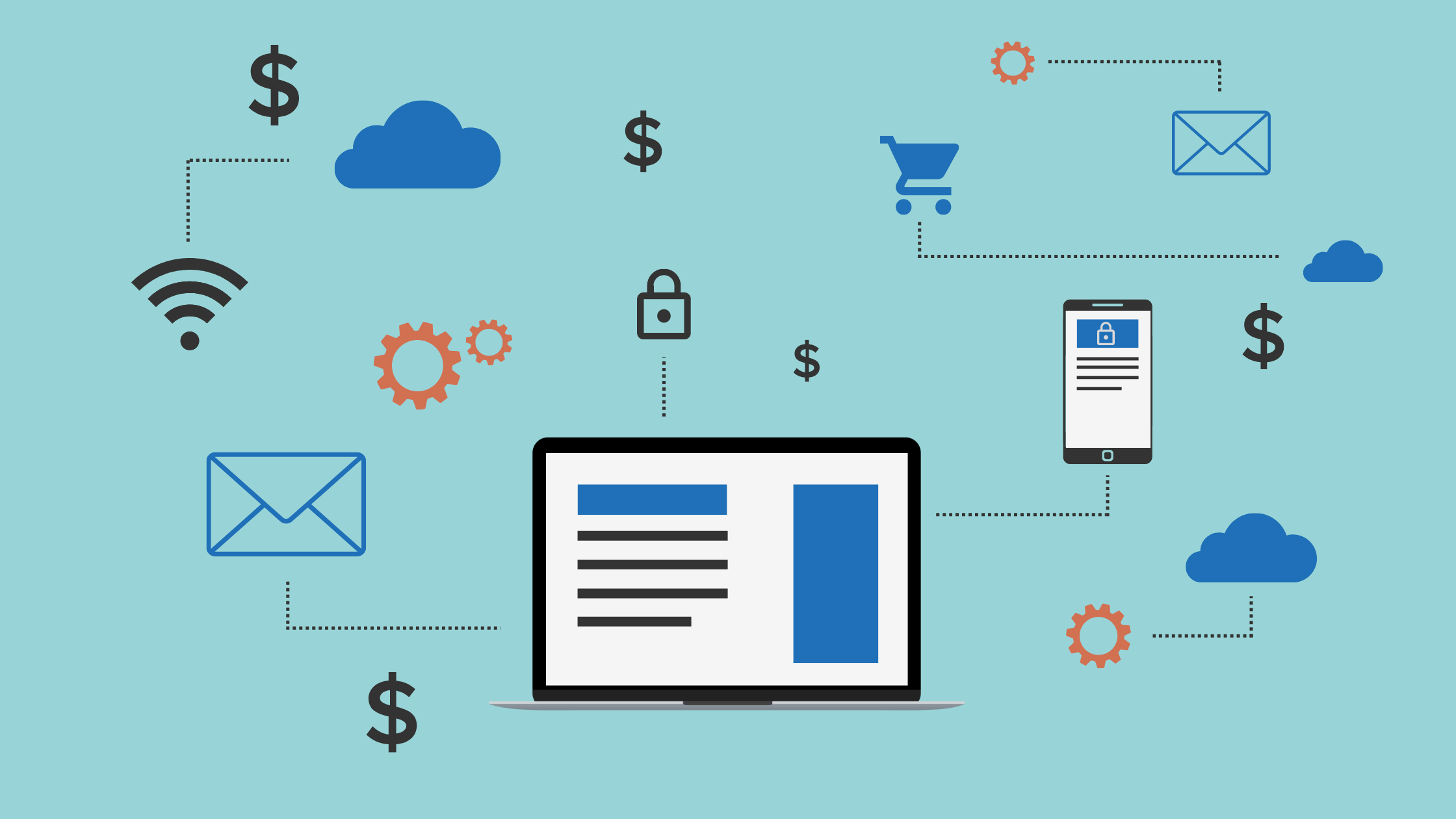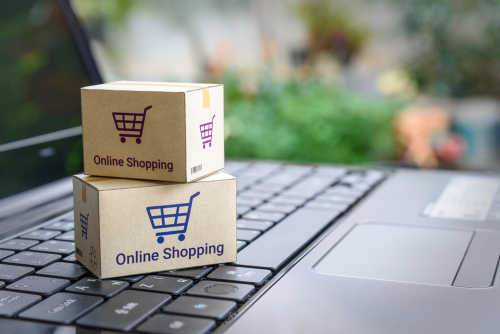With summer in full swing, it’s more important than ever to keep your team hydrated at work. That’s where office water coolers come in. The good news is that there are many options to choose from, and we’ll help you choose the best options that your clients will love. As a vending and OCS Operator, you should be aware of the latest water coolers and equipment on the market. Employees need to stay hydrated to do their best work and you can help by offering a comprehensive office water service that meets their needs.
Why Water Coolers and an Office Water Service Matter
Providing water in the workplace is a must. And you might be surprised by the positive impact on your office. Drinking enough water can help with focus and cognitive performance. It also improves brain function, digestion, and metabolism. All of these can greatly affect your team’s productivity, not to mention their well-being and health.
Staying hydrated can also mean fewer headaches and sickness. The result? Workers won’t need as many sick days and can be more productive during the workday. Plus, studies have shown that being just 1% dehydrated can cause a 5% decrease in cognitive function. Therefore, giving your employees a water cooler will enhance both the health and productivity of your workplace. As you can see, the benefits of a water cooler are worth it.
Types of Water Coolers
Bottleless Water Coolers
Bottleless water coolers are a popular choice for many businesses. These coolers are plumbed directly into the water supply of your office. This provides fresh and clean water all day long. Plus, they are an eco-friendly water vending option. A single bottleless water cooler can keep thousands of plastic bottles from ending up in landfills. How’s that for boosting sustainability efforts at your workplace? Some of our favorite bottleless water coolers include:

- Bevi water cooler: Enjoy still, sparkling, hot, cold, and flavored water from a single cooler using an app on your smartphone. It’s designed to remove impurities so you can drink the freshest water possible. Hydrate With 48,000 unique combinations for their flavored and enhanced water options, hydration becomes an experience at the office.
- Brio water coolers: These come in both floor-standing and countertop models. The water coolers have cold and hot water and use convection cooling. Plus, they’re fast and reliable.
- Borg & Overstrom water dispensers: These premium coolers are where technology meets elegance. They offer chilled, ambient, hot, and sparkling water. They have a high-capacity dispense area, which is perfect for filling bottles and jugs.
Bottled Water Coolers
For those clients looking for a budget-friendly office water service, bottled coolers are a great choice. There is no water line needed and top load and bottom load options are available. They can be placed anywhere and are ideal for companies with high water consumption such as warehouse facilities. Brio and Oasis offer reliable bottled coolers for fresh drinking water.
Stay on Top of Filter Maintenance
Proper filter maintenance is a must for clean water free of impurities. At Supply Wizards, we work with Vending and OCS operators to ensure their technicians stay on top of filter maintenance. Our Filter Maintenance App helps your technicians track and manage filter changes. We’re excited to announce that we’ve made improvements to the app so that technicians can schedule multiple dates for a single customer for any equipment that needs filter maintenance such as water dispensers and coffee machines. And, technicians can keep track of when they repair or maintain equipment all within the app. We’ve made tracking your break room equipment easy so you can easily manage it all in one place. Delight your customers by proactively servicing the equipment through the Supply Wizards Filter Maintenance app.
Are you ready to improve your clients’ office water service and improve online ordering? We’re here to help! Contact us today to learn more about how we can help take your business to the next level.





























